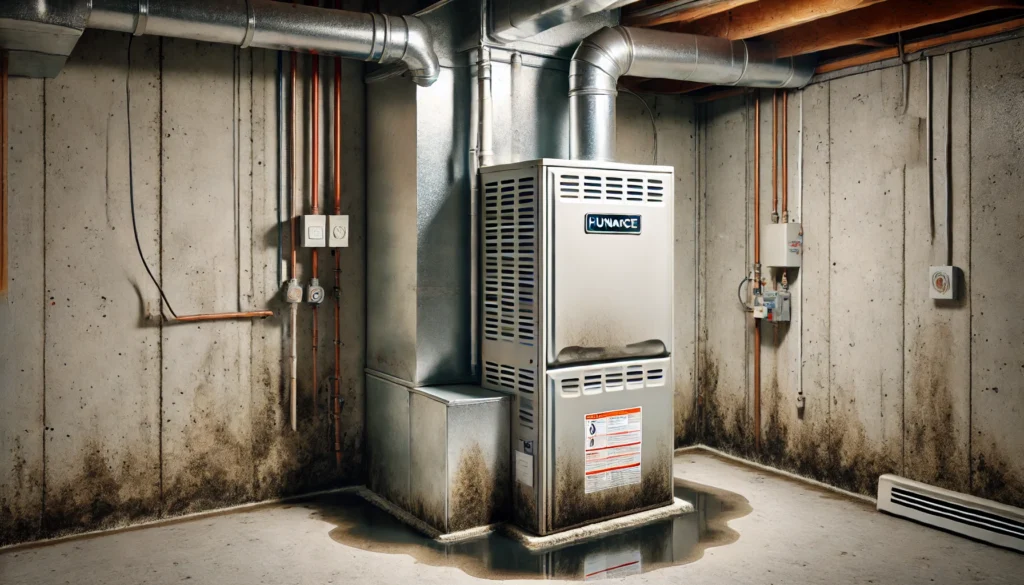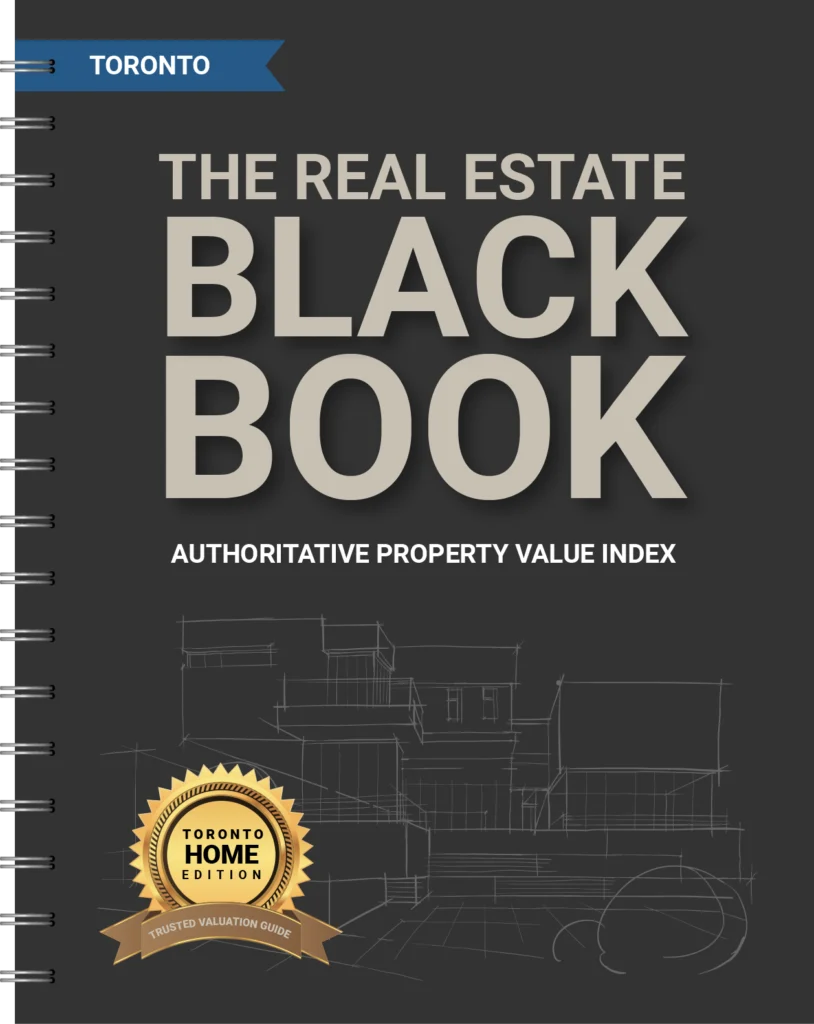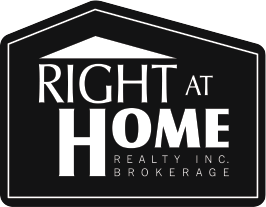Mold is a common problem in many homes, and it can pose serious health risks and structural issues if left unchecked. In Toronto, with its varying climate and older housing stock, mold can be a significant concern for homeowners. This blog will explore the dangers of mold in a home, how it can affect your health and property, and what steps you can take to prevent and address mold problems.
Understanding Mold
Mold is a type of fungus that thrives in moist, warm environments. It can grow on a variety of surfaces, including wood, drywall, carpet, and food. Mold reproduces through tiny spores that float through the air and can easily spread throughout a home.
The Health Risks of Mold
- Allergic Reactions: One of the most common health effects of mold exposure is allergic reactions. Mold spores can trigger symptoms such as sneezing, runny nose, itchy eyes, and skin rashes. For people with allergies or asthma, mold exposure can worsen their condition and lead to more severe reactions. Living in a mold-infested home can significantly impact the quality of life for allergy sufferers and asthmatics, leading to increased medical expenses and discomfort.
- Respiratory Problems: Mold can cause a range of respiratory issues, especially for those with preexisting conditions. Inhaling mold spores can irritate the lungs and airways, leading to coughing, wheezing, and shortness of breath. Chronic exposure to mold can lead to long-term respiratory problems and exacerbate conditions such as chronic bronchitis and asthma.
- Toxic Mold Syndrome: Certain types of mold, such as Stachybotrys chartarum (black mold), can produce mycotoxins, which are toxic substances that can cause severe health issues. Exposure to mycotoxins can lead to symptoms such as headaches, dizziness, fatigue, and even neurological problems. Toxic mold syndrome is a serious condition that requires immediate attention and professional remediation to protect the health of the home’s occupants.
- Immune System Suppression: Prolonged exposure to mold can weaken the immune system, making individuals more susceptible to infections and illnesses. This is particularly concerning for young children, the elderly, and those with compromised immune systems. A weakened immune system can lead to frequent illnesses and a decreased ability to recover from infections, posing a significant health risk to vulnerable populations.
The Structural Risks of Mold
- Damage to Building Materials: Mold can cause significant damage to building materials such as wood, drywall, and insulation. As mold grows, it breaks down the structural integrity of these materials, leading to rot and decay. Structural damage caused by mold can be costly to repair and may compromise the safety of the home.
- Decreased Property Value: Homes with mold problems are less attractive to potential buyers and can have a lower market value. Mold issues must be disclosed during the sale process, and many buyers may be unwilling to take on a property with known mold problems. A mold-infested home can take longer to sell and may sell for a lower price, impacting the homeowner’s financial return on investment.
- Increased Maintenance Costs: Dealing with mold requires ongoing maintenance and vigilance to prevent recurrence. This can include regular inspections, repairs, and potential mold remediation services. Increased maintenance costs can strain a homeowner’s budget and create ongoing stress and inconvenience.
Causes of Mold in Toronto Homes
- Climate and Weather Conditions: Toronto’s climate, with its cold winters and humid summers, creates an environment conducive to mold growth. Moisture from melting snow, rain, and high humidity levels can seep into homes, providing the damp conditions mold needs to thrive. Homeowners in Toronto need to be particularly vigilant about moisture control to prevent mold growth.
- Poor Ventilation: Poor ventilation in areas such as basements, bathrooms, and kitchens can trap moisture and create ideal conditions for mold. Without adequate airflow, damp areas can become breeding grounds for mold spores. Ensuring proper ventilation is crucial for preventing mold growth in high-moisture areas of the home.
- Leaks and Water Damage: Leaks from roofs, pipes, and windows can introduce moisture into the home, leading to mold growth. Even minor leaks can create enough dampness for mold to develop. Timely repair of leaks and water damage is essential to prevent mold from taking hold in the home.
- Flooding: Flooding, whether from external sources like heavy rain or internal sources like burst pipes, can lead to significant water damage and mold growth. Basements and lower levels of homes are particularly susceptible to flooding. Homes in flood-prone areas need extra precautions to prevent mold after flooding events.
Preventing Mold in Your Home
Control Moisture Levels
The key to preventing mold is controlling moisture levels in the home. Use dehumidifiers in damp areas, fix leaks promptly, and ensure proper drainage around the foundation:
- Keep indoor humidity levels below 60%.
- Use exhaust fans in bathrooms and kitchens.
- Regularly inspect and clean gutters to prevent water buildup.
Ensuring that moisture is properly controlled throughout the home will significantly reduce the risks of mold growth.
Improve Ventilation
- Improving ventilation helps reduce moisture and prevent mold growth. Ensure that all areas of the home have adequate airflow:
- Open windows and doors to increase airflow.
- Use ceiling fans and exhaust fans to circulate air.
- Install ventilation systems in areas prone to dampness, such as basements and bathrooms.
Maintaining proper ventilation in all areas of your home is essential to prevent the accumulation of dampness that can lead to mold.
Use Mold-Resistant Materials
When renovating or building, consider using mold-resistant materials such as mold-resistant drywall and paint. These materials are designed to withstand moisture and inhibit mold growth:
- Choose mold-resistant drywall for areas like basements and bathrooms.
- Use mold-resistant paint in high-humidity areas.
- Opt for flooring materials that are less prone to moisture absorption, such as tile or vinyl.
Incorporating mold-resistant materials during renovations or construction provides an added layer of protection against mold.
Regular Maintenance and Inspections
Regular home maintenance and inspections are crucial for identifying and addressing potential mold problems before they become serious:
- Conduct regular inspections for signs of leaks, water damage, and mold.
- Clean and maintain HVAC systems to prevent mold buildup in ducts.
- Address any signs of mold immediately to prevent spread.
Regular maintenance and inspections are crucial for catching mold issues early and preventing them from becoming severe.
Addressing Mold Problems
Identifying Mold: Identifying mold can be tricky, as it often hides in hidden or hard-to-reach areas. Common signs of mold include musty odors, discoloration on walls and ceilings, and visible mold growth. Early identification of mold is crucial for preventing its spread and minimizing health risks.
A. DIY Mold Removal: For small mold problems, “do it yourself” removal may be possible using household cleaners and protective gear. However, it’s essential to follow safety guidelines to avoid exposure to mold spores:
- Use a mixture of water and detergent to clean moldy surfaces.
- Wear protective gear such as gloves, masks, and goggles.
- Ensure the area is well-ventilated during cleaning.
B. Professional Mold Remediation: For larger mold problems or toxic mold, professional remediation is necessary. Mold remediation experts have the tools and knowledge to safely remove mold and prevent its return. Professional remediation ensures thorough removal of mold and minimizes the risk of health issues and property damage.
Post-Remediation Measures
After mold remediation, it’s essential to take steps to prevent mold from returning. This includes addressing the underlying moisture issues and regularly monitoring for signs of mold:
- Fix any sources of moisture, such as leaks or poor drainage.
- Use dehumidifiers and ventilation systems to control humidity.
- Conduct regular inspections to catch any new mold growth early.
Conclusion
Mold is a serious concern for homeowners in Toronto posing significant health risks and potential structural damage. Understanding the dangers of mold and taking proactive steps to prevent and address mold problems is crucial for maintaining a safe and healthy home environment.
By controlling moisture levels, improving ventilation, using mold-resistant materials, and conducting regular maintenance and inspections, you can protect your home from mold and its associated risks. If mold problems do arise, prompt identification and professional remediation are essential for safeguarding your health and property.



